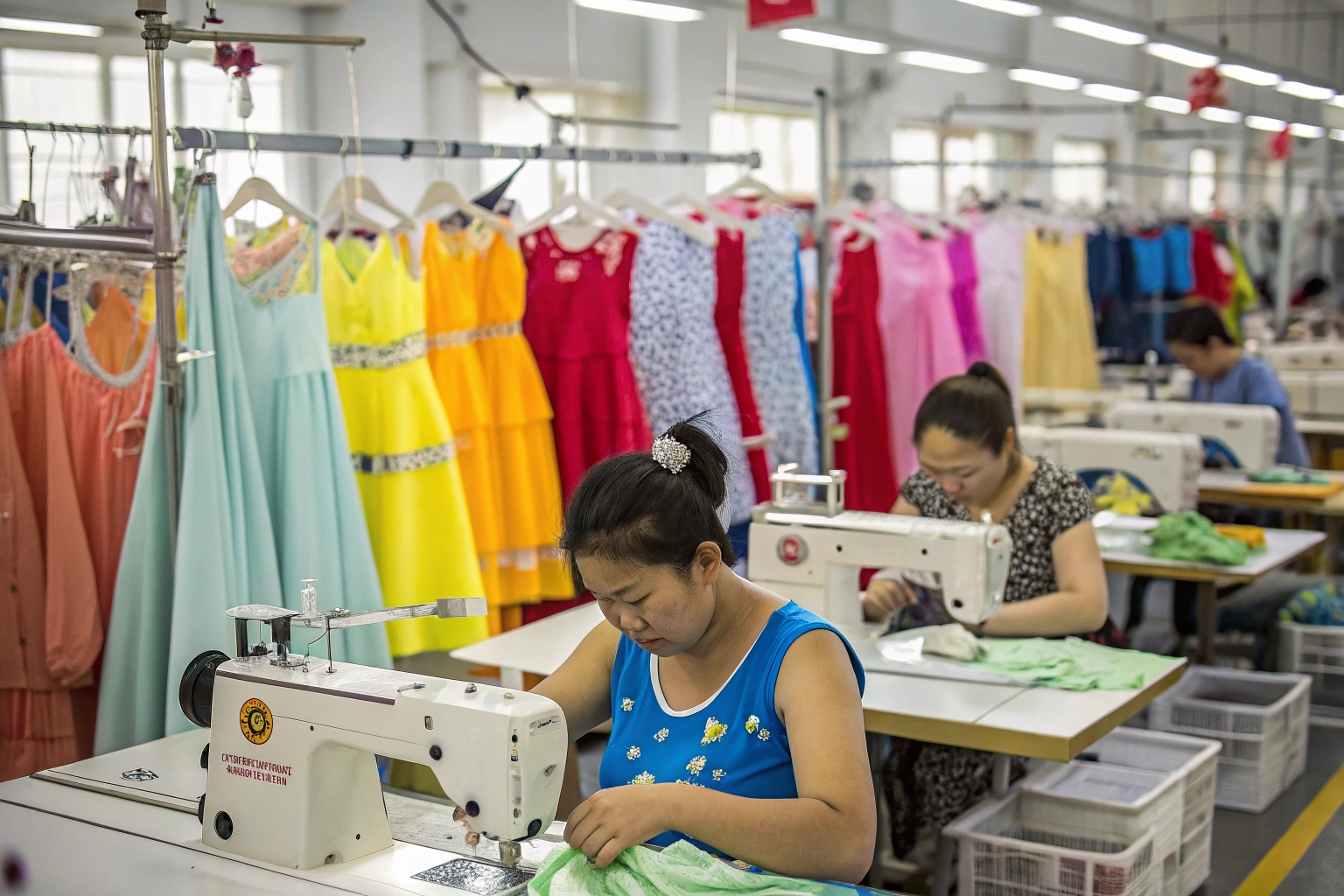Every successful children’s clothing brand starts with the right manufacturer. But how do you find one—and build a lasting business?
Wholesale kids clothing manufacturers provide bulk production, customization, and logistics support for new and growing children’s brands looking to scale.
Let’s break down how to start, profit, and sell in this competitive yet high-demand niche.
How to start a clothing line for kids?
Starting sounds exciting—until you face the details: sizing, styles, sourcing, and more.
To start a kids’ clothing line, define your niche, create unique designs, find a reliable manufacturer, and prepare to manage production, logistics, and branding.
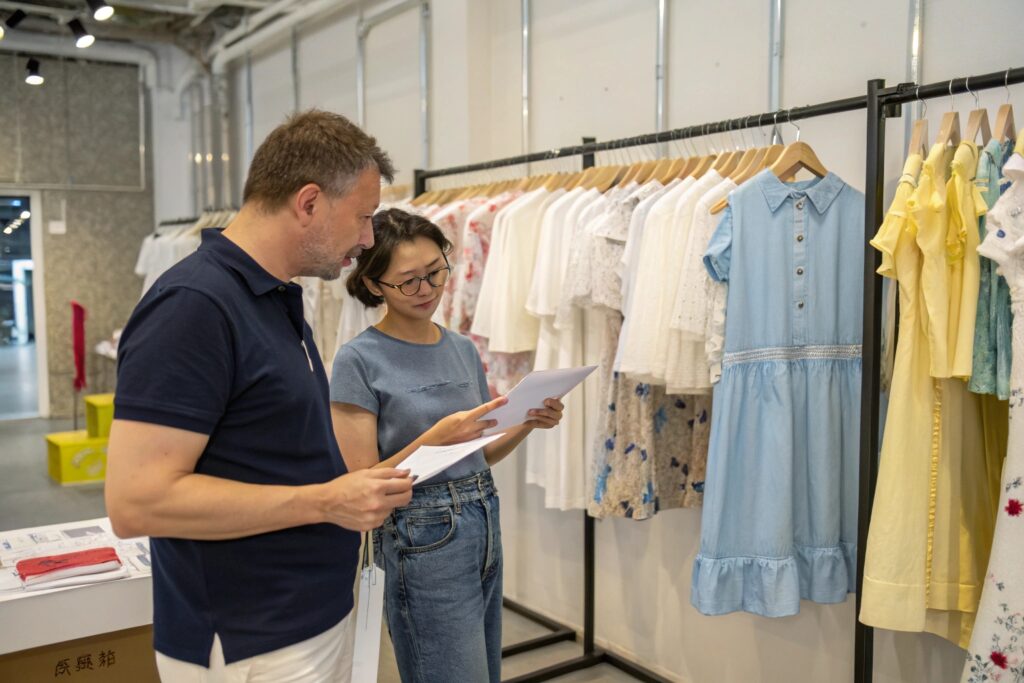
What are the first steps in launching a kidswear brand?
Launching isn’t just sketching cute outfits. It involves a clear business plan. Here’s a roadmap I give to first-time clients:
-
Research Your Market
- Choose age ranges: baby (0–24 months), toddler (2–5 yrs), or kids (6–12 yrs)
- Analyze competitors and price points
- Pick your USP: organic, matching sets, minimalist, etc.
-
Design Your Collection
- Start with 6–12 SKUs
- Focus on essential items like rompers, tees, leggings
- Use simple styles to reduce sampling cost
-
Choose a Manufacturer
- Look for factories that specialize in kidswear
- Ask about safety testing, fabric options, and MOQ (minimum order quantity)
- Request samples and tech pack feedback
-
Prepare Tech Packs and Sizing
- Include fabric type, measurements, labels, trims
- Use standard children’s sizing charts by region (US/EU)
-
Plan Branding and Packaging
- Design logo, hangtags, and size labels
- Decide on eco-packaging or retail-ready options
-
Test and Launch
- Order small batch or pre-order with customers
- Gather feedback before full-scale production
Here’s a starter checklist:
| Step | What to Prepare |
|---|---|
| Product Ideas | Sketches or references |
| Target Market | Age group, price range, buying habits |
| Manufacturer Contact | Samples, MOQ, lead time |
| Logo & Brand Identity | Colors, fonts, brand message |
| Online Setup | Shopify/website basics ready |
Launching a kidswear brand isn’t simple—but with the right manufacturer (like us at Fumao), it becomes much easier.
Can you make money selling children’s clothes?
It’s not just about cute prints—can this become a business?
Yes, selling children’s clothes can be profitable, especially with repeat buyers, high margins, and the consistent demand from growing kids.
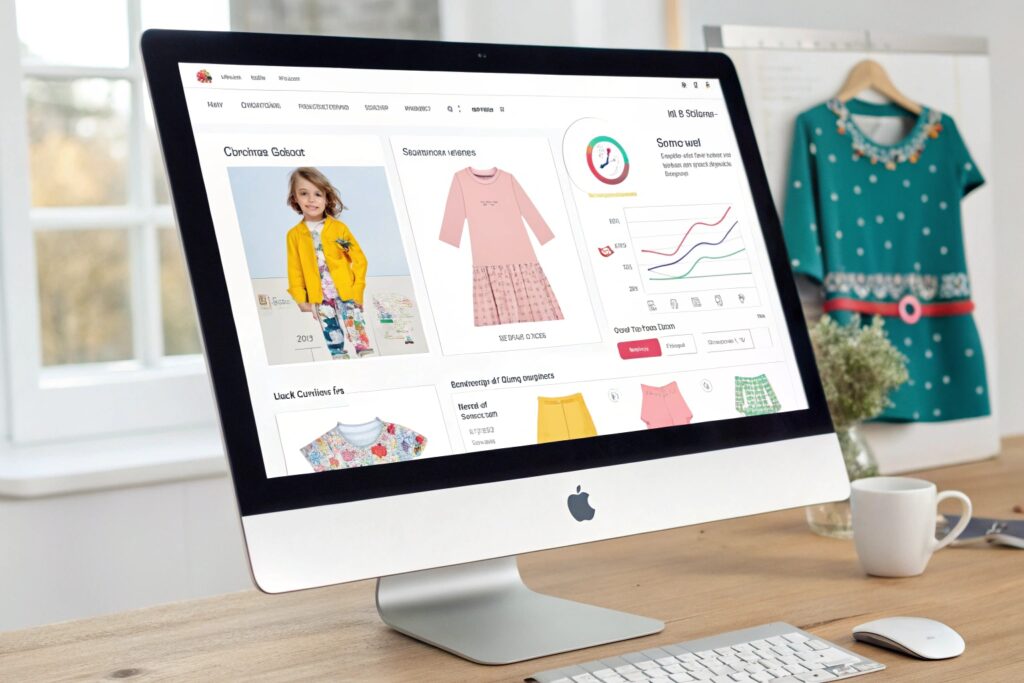
What makes children’s clothing a strong business category?
Kids grow fast. That creates built-in repeat demand. Parents constantly need new sizes, and many buy in bulk or in advance for school, holidays, and gifts.
Also, many parents prioritize:
- Safety (certified materials, gentle fabrics)
- Aesthetic (photo-worthy, minimal, matching sets)
- Convenience (sets, elastic waists, stretch fits)
If your products deliver on these, they’ll sell. Even better—many kidswear buyers are repeat buyers. Once they trust a brand, they’ll come back.
Here’s what I see with my clients:
| Business Model | Avg. Markup | Customer Retention |
|---|---|---|
| DTC Shopify brand | 2.5–4x | High (email remarketing) |
| Amazon brand | 2x | Medium (reviews-driven) |
| Wholesale (boutiques) | 1.8–2.5x | Medium–High |
What’s the biggest challenge?
Getting consistent quality and sizing. That’s why choosing a specialized manufacturer is key. I’ve worked with dozens of brand founders who lost money switching factories mid-launch. A clear communication line with your supplier protects both quality and profits.
How profitable is kids clothing?
Some think kidswear is small money—but the margins say otherwise.
Kids clothing is highly profitable due to low material costs, frequent repurchases, and brand loyalty, especially in the 0–6 years segment.
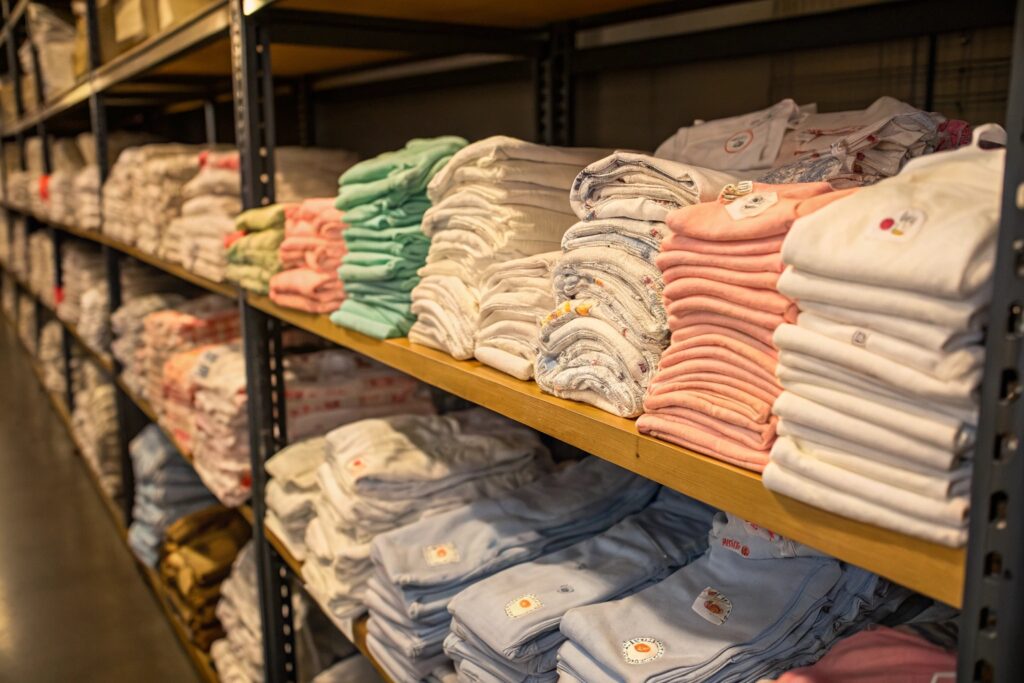
Why do kidswear brands enjoy higher margins?
Smaller sizes mean less fabric and lower shipping weight—but the retail prices don’t drop proportionally. Add in emotional buying by parents and gift-givers, and you get high margins.
Let’s break it down:
| Cost Area | Adult T-shirt | Baby Onesie |
|---|---|---|
| Fabric Use | ~1.2 meters | ~0.5 meters |
| Trim & Labels | Basic | Safety-tested snaps |
| Sewing Time | 15–20 minutes | 25–30 minutes |
| Retail Price | $20–35 | $20–30 |
Even though babywear takes longer to sew, the high resale value and premium pricing for organic/safe materials make it lucrative.
From what I’ve seen with Fumao clients:
- Organic babywear brands can get 4–5x markup
- Mid-tier kidswear brands easily reach 2–3x markup
- High-end or matching set brands can charge even more
How do you stay profitable?
- Limit SKUs and focus on bestsellers
- Build trust through consistent sizing
- Offer bundles (3-pack tees, matching sets)
- Use social proof—tagged baby photos, influencer collabs
I’ve helped brands double margins simply by refining packaging and increasing perceived value through photos.
What is the best platform to sell children’s clothes?
With so many marketplaces and storefronts, which one should you pick?
The best platform to sell children’s clothes depends on your brand—Shopify for full control, Amazon for fast scale, Etsy for handmade appeal, and Instagram for visual-driven sales.
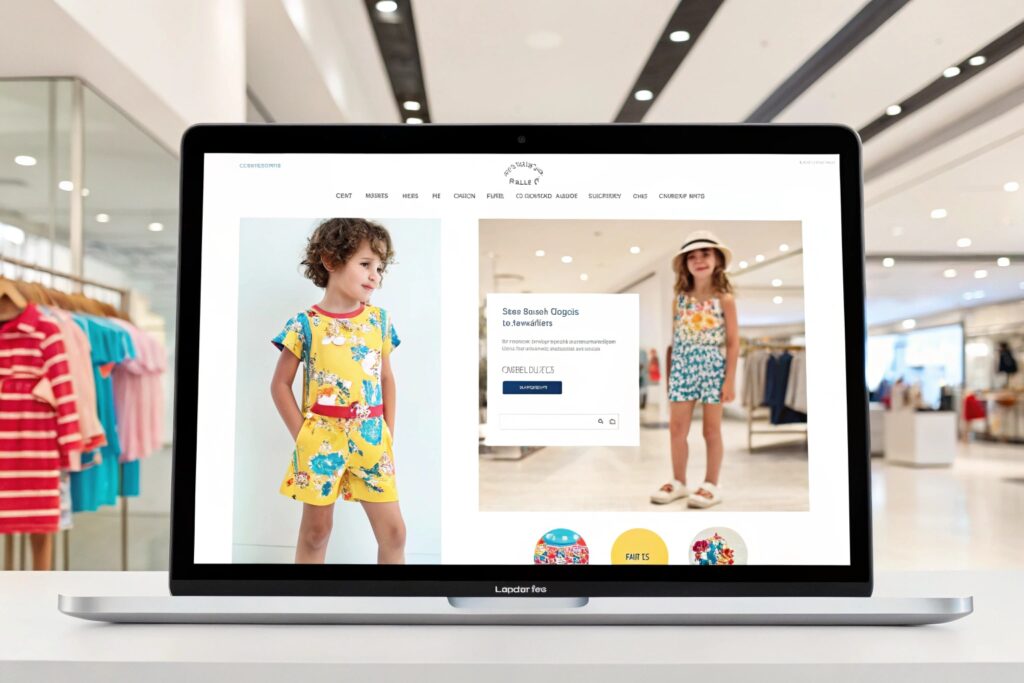
Which platform fits your goals?
Here’s a quick comparison:
| Platform | Strengths | Weaknesses |
|---|---|---|
| Shopify | Full control, branded experience | Requires traffic strategy |
| Amazon | Built-in traffic, fast shipping | High competition, fees |
| Etsy | Niche, handmade market | Less scale for mass production |
| Visual-first, influencer friendly | Needs consistent posting effort | |
| Faire | Wholesale boutique discovery | Needs approved seller profile |
What works best for new brands?
I often recommend starting on Shopify for DTC control and layering in Instagram to build community. Once the product gains traction, list bestsellers on Amazon or Faire to expand.
You can also run limited drops on Etsy to test reactions to custom or seasonal designs.
When launching, keep these in mind:
- Use kid-friendly photography (real kids, real smiles)
- Offer fast shipping and free returns
- Make sizing easy with charts and filters
- Use reviews and parent testimonials up front
At Fumao, we help clients prepare for multi-channel selling with barcodes, size labels, packaging, and product data sheets ready from day one.
Conclusion
Wholesale kids clothing is a smart and scalable business—if you find the right manufacturing partner, choose your platform wisely, and understand what modern parents really want.

